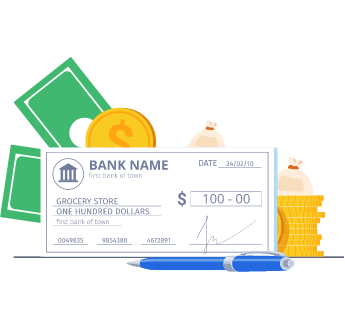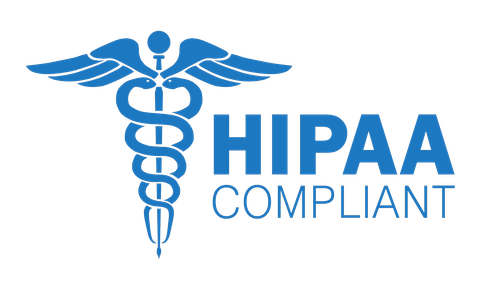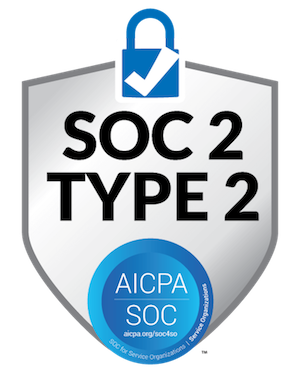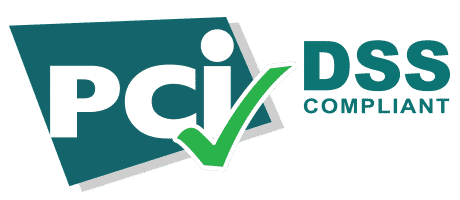
7 Check Fraud Protection Tips to Safeguard Your Money
According to the 2023 AFP Payment Fraud and Control Survey, paper checks are the most vulnerable payment method. Over 63% of respondents in the study have experienced check fraud in their business. If you are not careful, you might end up losing money and clients. In this blog, we will walk you through the signs that should prompt you to take immediate action. You will also learn seven check fraud protection tips that will help keep your money safe.
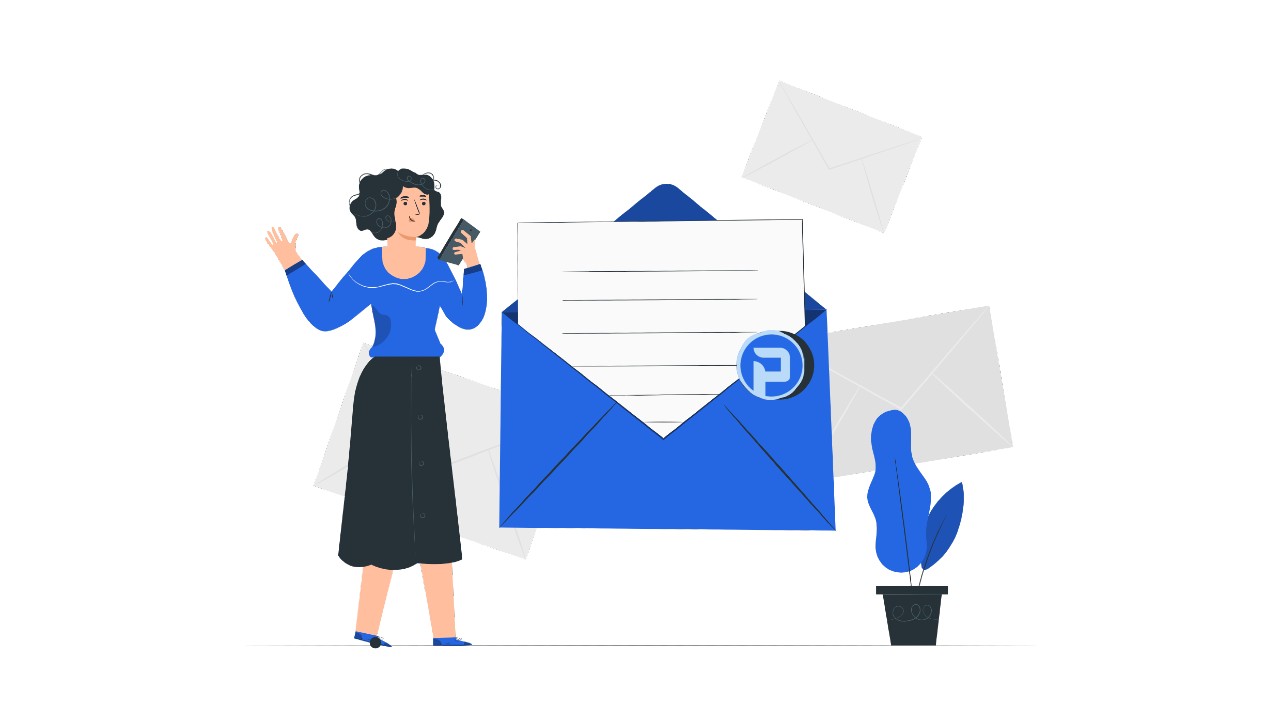
Key Takeaways
- It is essential to recognize the early signs of check fraud. It can prevent costly incidents before they escalate.
- Check fraud has an impact beyond monetary losses. Your reputation will get tarnished, your credit score will decrease, and your productivity will suffer.
- Use a non-erasable gel ink and fill out the check in a manner that there is no blank space. It will prevent scammers from manipulating information.
- Train your employees to detect risk, follow secure processes, and immediately respond to any suspicious activity.
- Ensure the check has security features like watermarks and an MICR line. These elements will help protect it from forgery.
- You can automate check printing and mailing using the PostGrid Check API. It creates, prints, and sends them in a secure and compliant environment.
What Are the Common Red Flags of Check Fraud?
Poor Quality Check Stock
Legitimate checks are printed on thick stock. They have security features like watermarks and microprinting embedded in them. Those who commit fraud will print the pieces through their standard home printer. This leads to thin or low-grade printing. If the check appears flimsy or does not have all the necessary security features, it is counterfeit.
Mismatched Check Information
Fraudsters may change the payee name or route the money to an unauthorized account. They might also create phantom vendors with similar names to trick your business. You should look out for a check number that is too low. It indicates a potentially fake piece. You must also confirm that the number is not a duplicate, as it will signal a scam or internal theft.
Suspicious Transactions
Fraudsters are now using fake check scams. They will send the pieces with an unusual amount, which is typically an overpayment. Then they will ask you to return the difference. You might send money in response to a counterfeit piece that will later bounce. You might also receive checks without any supporting invoices. Criminals do this to infiltrate your financial system or test the weakness of your infrastructure.
Torn or Tampered Envelope
If the check appears torn or resealed with tape or glue or has irregular folds, it has been tampered with during transit. Fraudsters might have opened the envelope, changed the personal information of the check, and resealed it to avoid suspicion.
Signs of Check Washing
It is common for criminals to use chemicals like bleach, acetone, or alcohol-based solutions to wash off ink from the check. It allows them to remove the payee name or amount without damaging the piece. If you notice smudged ink or uneven discoloration around texts, it is an altered check.
Impact of Check Fraud
Financial Loss
If you do not report the activity quickly, you might not be able to recover the stolen funds. Depending on the check volume, the loss can range from hundreds to millions of dollars. You might take the fraud schemes to court for a conflict with the bank over liability or a criminal case against someone.
When you engage in a legal battle, you will have to bear the fees associated with litigation, subpoena response, forensic analysis, and more. Depending on the nature of the breach, you might also have to hire a criminal defense counsel. All these services will burn a hole in your pocket.
Reputational Damage
Credibility is essential in sustaining your relationship with the customers, vendors, and stakeholders. When a check fraud scheme takes place, it severely shakes their trust. Regardless of the reason, it will raise suspicions about your company’s ability to handle sensitive information.
Third parties will question your internal controls and financial integrity. Prospective clients might shy away from doing business with you. Furthermore, in regulated sectors, this can affect your compliance rating. It will become difficult for you to secure contracts and maintain accreditations.
Operational Disruptions
Banks may suspend your access to the account as part of their investigation rules. This will create an immediate cash crunch. You may need to halt payments to employees or disbursements to important vendors. It will sour your relationships internally and externally.
The situation can become worse if the culprit is weak protocols or outdated software. You will have to dedicate a team to implement new controls or replace the software. It will slow down the operations.
Long-Term Damage to Credit Score
Credit reporting companies keep an eye on your bank activity and trading behavior. A fraud disrupts a payment schedule; it can lead to missed payments, overdraft activities, etc. This will adversely impact your credit score. It may become challenging for you to obtain loans, negotiate credit terms, and extend lines of credit.
How to Prevent Check Fraud?
Write With a Non-Erasable Gel Ink
A traditional ballpoint pen uses an oil-based ink that is easier to dissolve, and the forgery is less detectable. This makes it easy for fraudsters to wipe out the existing information and add their details. To prevent chemical washing, use pigmented, high-quality gel ink. It bonds deeply with the fiber in a way that standard ballpoint pens do not. Fraudsters will not be able to erase the writing. Any attempts to wash it will lead to smudging the texts beyond legibility and visible damage to the paper.
Best Practices:
- Only use a black or blue gel pen, as banks universally accept them.
- Standardize the pen usage across departments to prevent tampering.
Fill Out the Check as Fully as Possible
If your check has excess blank space, fraudsters can easily change its content, such as bank account information. They might add extra digits to the amount. For instance, changing $150 to $15000. To protect yourself from check fraud, you must fill in the details without any gaps. This will make it difficult for anyone to add new information.
Best Practices:
- Make sure you draw the line through the leftover space.
- When writing the amount in words, spell everything, including cents. In case there is some space, always add a line.
Use Positive Pay Systems
It is an automated check fraud detection service that helps prevent scams before the funds leave your account. When issuing checks, send the list with all necessary information to your bank. When someone presents the paper for cashing, the bank will use an automated machine to match the details against the list. In case of a mismatch, they will notify you. This will prevent you from honoring counterfeit pieces that might have slipped through the cracks.
Best Practices:
- Ensure that you submit the file in real-time to keep the bank records up-to-date.
- Always include all relevant details, such as the check number, deposit date and issuance date.
- To further avoid becoming a victim, opt for Payee Positive Pay Service. It checks the payee’s name along with the standard fields.

Offer Training
Any fraud prevention technique will only work when the people deploying it are aware of the problem and solution. You must train your staff about how check fraud works. They should be able to recognize early warning signs and know how to handle them. They should know the mistakes they are making that are leading to the crime. It will create an atmosphere of shared responsibility. Employees will understand what is at stake, such as financial loss and reputational damage. It will also motivate them to handle sensitive financial information carefully.
Best Practices:
- Create training content specific to each department. For instance, your accounts department should know how to identify fake checks.
- Familiarize employees with the internal policy of issuing and storing checks and what to do if they suspect fraud.
- Conduct mock audits or phishing simulations to test whether or not the employees are prepared.
- Keep them updated on the latest fraud techniques.
Use Checks With Built-In Security Feature
Such checks include design elements that are impossible to reproduce with a basic printer. Ensures the check has a minimum of five features, such as watermarks, holograms, microprinting, thermochromic ink, color-shifting ink, and void pantographs.
Best Practices:
- Always purchase from vendors that sell secure, bank-grade, compliant checks.
- Periodically monitor your check security standards to comply with bank requirements.
Implement Strong Internal Controls
This involves clearly defining roles and segregating duties. It will protect you from falling victim to forged checks and unauthorized payments. Strong internal controls increase the chance of early detection and minimize financial damage.
Best Practices:
- Different individuals should be responsible for each step, such as approval, signing, mailing, and reconciliation.
- Rotate responsibilities to look for any pattern of carelessness or misuse.
- Integrate the accounting system with a tracking mechanism to know who initiated, reviewed, and authorized the payment.
Promptly Report Fraud
Timing is very important in recovering the funds and catching the criminal. According to the Uniform Commercial Code (UCC), it is mandatory to inform the bank about the fraudulent activity within 30-60 days of its occurrence. Missing this window gives the bank the right to deny the claim. Moreover, if you wait for a long period, the fraudster might make multiple transactions using the same information. By promptly responding, you can block access to the source.
Best Practices:
- Create a response team and train them on how to react if a fraud takes place.
- In case of suspicious activity, immediately inform your bank and file a formal dispute.
- Immediately report the fraud to law enforcement authorities, such as the Federal Trade Commission (FTC) or postal inspectors.
Use PostGrid Check API to Leave No Room for Fraudulent Activities
Manual check handling can be a cumbersome process that will leave room for fraud. This is why you should automate its printing and mailing using the PostGrid Check API. It guarantees the following:
- Generating checks on a secure and cloud-based platform.
- Adherence to the rules and regulations established by HIPAA, SOC-1, and SOC-2 ensures that sensitive information remains protected.
- Using pieces with bank-grade security features like MICR lines, watermarks, holograms, and microprints.
- Logging every issued piece and automatically updating your accounting software with the details.
With our solution, you can modernize your check handling process securely. To know more about it, talk to our sales team today.
FAQs
How Long Does It Take for a Bank to Investigate Fraudulent Checks?
Banks must initiate their investigation within 10 business days of receiving the customer’s claim. If they can’t reach a conclusion, they must temporarily credit the customer’s account while continuing the investigation. The duration of this investigation can range from 30 to 90 days.
What Laws Protect Me From Check Fraud in the U.S.?
- UCC: It covers the creation and transfer of checks. It also focuses on the bank’s responsibility to handle them.
- Federal Reserve Regulation: It regulates check processing and funds availability.
- FTC Protection: It allows victims of check fraud to file claims and receive guidance.
- State Consumer Protection Laws: Each state offers additional protection under the consumer financial laws.
Is There a Statute of Limitations for Reporting Check Fraud in the U.S.?
It varies in civil and criminal fraud cases. For civil cases, it typically ranges between three and six years. But for criminal fraud cases, it is five years. If the crime involves a financial institution, the statute of limitations can be extended to 10 years. However, if it is part of an ongoing scheme, the limitation does not begin until the scheme concludes.
How Do Fraudsters Get Access to Check Details?
- Mail Theft: They steal outgoing mail from residential and business mailboxes.
- Dumpster Diving: They go through improperly discarded documents, such as voided checks, carbon copies, or papers with account information.
- Social Engineering: They trick individual or company staff into sharing details by pretending to be clients or bank representatives.
Is Check Fraud More Common in Certain Industries?
Sectors with high-volume transactions and complex financial processes are vulnerable to check fraud. Some of the most common victims of this crime are from these industries:
- Banking and Financial Services
- Healthcare
- Educational Institutions
- Retail




